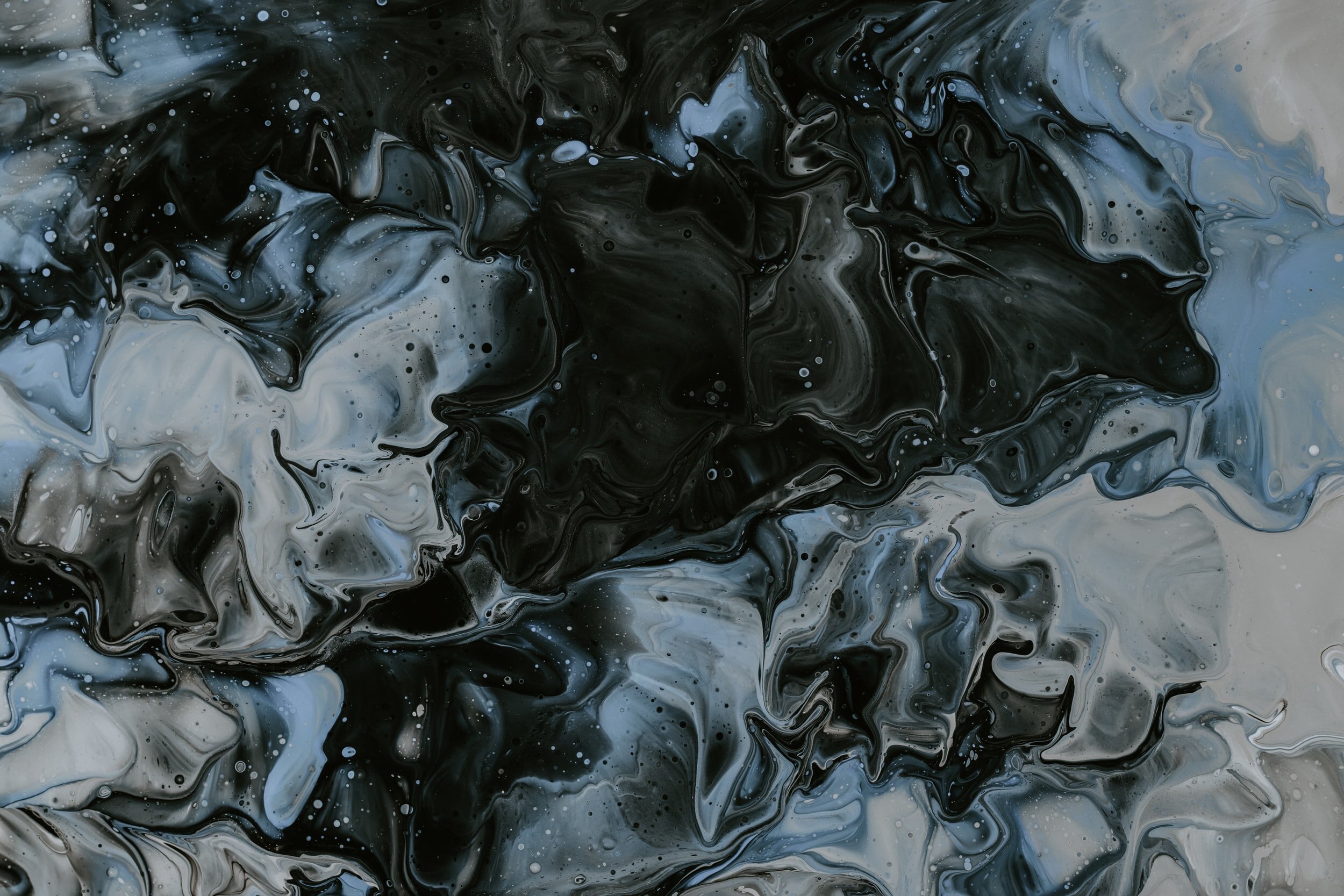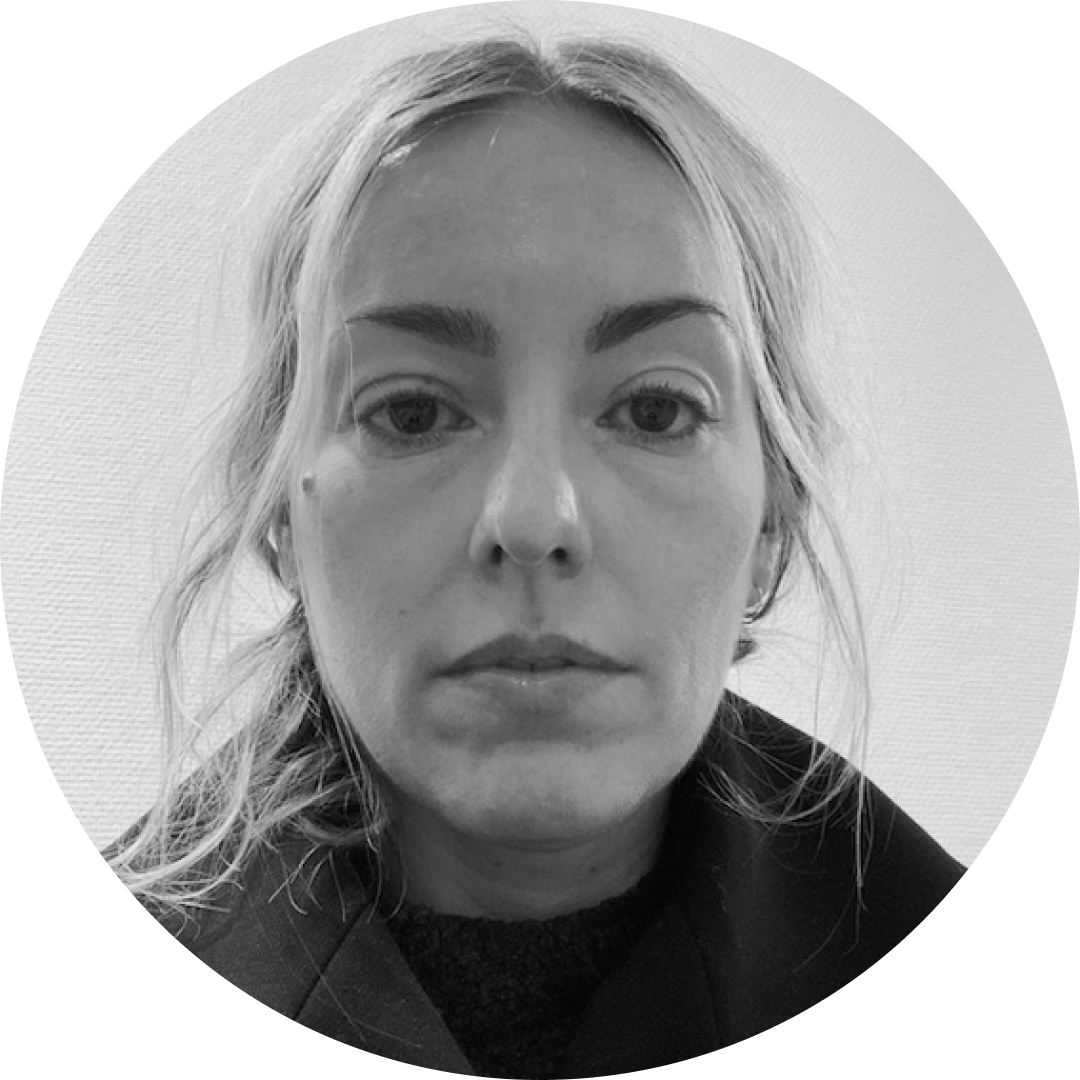Pritika Chowdhry
Pritika Chowdhry is based Chicago, IL, United States
Pritika Chowdhry is one of ArtConnect’s Artists to Watch '22
Socio-political, feminist artist Pritika Chowdhry’s large-scale sculptures and site-sensitive installations reference the body to memorialize difficult events. Within the frameworks of counter-memory, postmemory, and post-colonial theory, her work seeks to connect seemingly disparate geopolitical contexts. Since 2007, she has built on her oeuvre through the Partition Memorial Project. In her art, Chowdhry migrates between fibers, latex, paper, clay, glass, metal, wood, poetry, and drawing pursuing cultural references that the materials provoke. Transnational in scope, her sculptural art installations and anti-memorials bear witness to partitions of countries, civil and military wars, riots, border violence, genocides, and terrorist attacks holding space for mourning, remembrance, and repair. Chowdhry’s work has been featured in The Hindustan Times, The Indian Express, CBS, Fox News, TNS, and ABC, and exhibited widely in museums and galleries in North America, Pakistan, and India.
“Pritika Chowdhry's works are deeply engaged in her family history of India; with a seemingly fragile monumentality and a cultural organisation of space, her sculptures and installations acknowledge populations in pain and sorrow. Courageously discussing border violence, genocides, and terrorist attacks, the artist processes unhuman conditions through her sensitivity to materials. The memory reflected becomes inscribed in everyday urban remnants by creating anti-memorials of used bricks and architectural elements.”
ArtConnect asked the winning artists to share with us a glimpse into their creative life to get a sense of their personal inspiration and artistic process.
How did you get started as an artist?
I have a strong need to process the world around me through art. After hearing what my family members endured during the partition of India my practice took a sharp political turn. Moving beyond my own family, I researched female historiographies of the Partition through literature and other recounts. Now I find myself continuing to create installations that, through post-colonial perspectives, make visible women in the partition, the conflicts that it sparked, and other geopolitical events. Women have been silenced and forgotten for too long, I believe that knowledge is power, and by creating physical spaces to remember I hope audiences leave with a larger understanding of how these events affect individual lives.
How would you describe your artistic approach?
My work contests nationalist narratives to reveal voices and insights that may have been elided from their dominant discourse.
Pritika Chowdhry working on a project
And how about what inspires you?
A quote by Mahatma Gandhi I live and work by, “In a gentle way, you can shake the world.”
What are the biggest challenges you’ve faced as an artist?
The logistics of showing large-scale installation is a constant challenge full of unexpected surprises. That is why I think of my art installations as being "site-sensitive." On the rare occasion that I am not able to personally install my works, I send detailed installation instructions. I had sent a subset of the “Silent Waters” installation for the “Erasing Borders” exhibition in New York and a dancer Sridhar Shanmugam interacted with the installation through classical Indian dance. The outcome was beautiful and one that I had never expected.
Pritika Chowdhry working at her studio
Describe a typical day in the studio/wherever you make your work.
At the beginning of my process, I read and research material, then I figure out how I will create my installation. For example, with The Master’s Tongue, I worked with cast iron and Silent Waters I made over one hundred handbuilt ceramic feet to commemorate those who were displaced in India’s Partition and the Bangladesh Liberation War. Working with firing was different from my project about Nirbhaya, where I painted masks to represent women who experienced sexual violence in India rising against the government. Given the varying nature of my work, I move between larger rented studios and my home studio. Currently, I am also working on touring the Partition Memorial Art Project.
Is there a medium, a process, or a technique that you haven't used in your work yet but would like to try out?
Last year, I taught myself silverpoint and gold point and made several smaller drawings in this delicate medium. This year, I am teaching myself Kintzugi and will be making new works that utilize this ancient medium. I am also experimenting with neon as a medium especially for my sculptural poems and text-based works.
What are you currently working on? Or an upcoming project you want to mention?
"I am looking more deeply at my own family history and this next work will likely be looking at the Partition through the lens of Postmemory,
In addition, for the past year, I have been blogging about the historical events that happened during and around India’s Partition: the partition of Pakistan, Sikh Pogrom, Irish Independence, the use of rape as a weapon in the Partition of India in 1947 and the Bangladesh Liberation War in 1971, and more. Since my works bring attention to what is forgotten, I invite audiences to gain a broader understanding of how these events are connected while offering a more profound point of entry through my artworks."
How does it feel to be selected as an ArtConnect Artist to Watch?
I am honored. Thank you for recognizing and supporting my work.
Anything else you want to add?
I will be having two solo exhibitions this year, one with the ARC gallery this July through August , and another with the Chicago Art Department in August, both in Chicago. Stay tuned!
See more of Pritika’s work

Discover Contemporary Art
ArtConnect is the leading destination to discover emerging contemporary artists worldwide.








